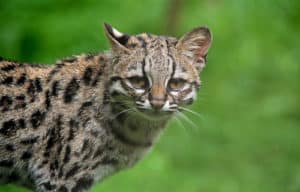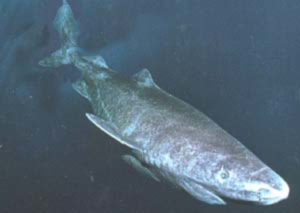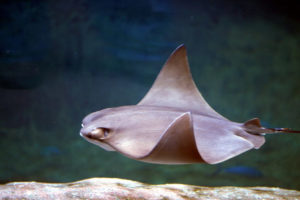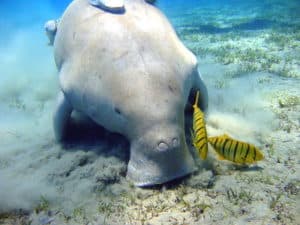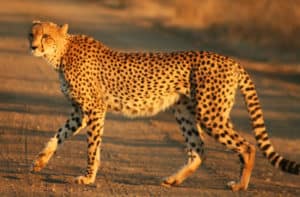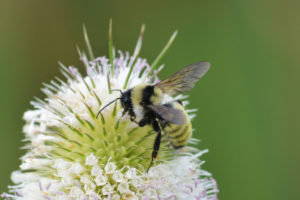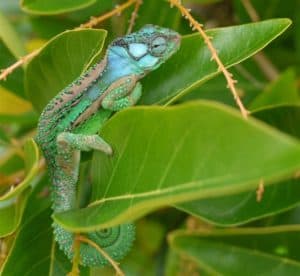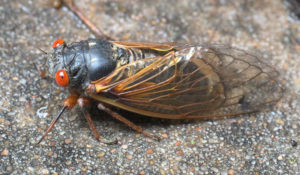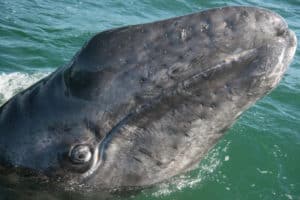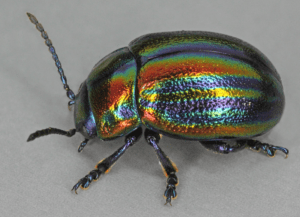Margay Facts Related Articles Margay Physical Description Like many of its relatives, the gorgeous Margay generally instantly captivates those individuals fortunate enough to encounter one. That’s especially true if that meeting takes place in the wild. Unlike some of those same kin, however, it rarely grabs one’s attention due to physical dimensions. It’s actually smaller […]
Greenland Shark
Greenland Shark Facts Related Articles Greenland Shark Physical Description The Greenland Shark is one of the largest existing varieties of shark. Individuals attain an average length of as much as 21 ft (6.4 m) with weights reaching an average of 2,200 lb (1,000 kg). Exceptional individuals, however, reach up to 24 ft (7.3 m) in […]
Cownose Ray
Cownose Ray Facts Related Articles Cownose Ray Physical Description Perhaps most notably, the beautiful Cownose Ray impresses for reasons other than sheer size. That’s because it ranks as one of the smaller known types of ray found throughout the world. This fact in no way detracts from the awesomeness of the creature, though In addition […]
Dugong
Dugong Facts Related Articles Dugong Physical Description Despite its quite impressive appearance, the Dugong remains a comparatively small marine mammal. This is due to its average length of only 9.8 ft (3 m), and a weight rarely exceeding 926 lb (420 kg). Further, the Dugong does exhibit a moderate degree of sexual dimorphism. Because of […]
Cheetah
Cheetah Facts Related Articles Cheetah Physical Description The Cheetah possesses a rather narrow waist and deep chest. The fur also grows short and coarse. The animal is primarily tan in color, with round black spots. These spots typically measure approximately 0.8-1.2 in. (2-3 cm) in diameter. No noticeable sexual dimorphism is present in the species. This color pattern […]
Golden Northern Bumblebee
Golden Northern Bumblebee Facts Related Articles Golden Northern Bumblebee Physical Description Surprisngly, perhaps, the wonder of the Golden Northern Bumblebee does not extend to size. In fact, it actually constitutes a small variety of bumblebee. Sexual dimorphism plays a factor as well. Female workers reach 0.75 in (1.9 cm) in length, while male drones only […]
Knysna Dwarf Chameleon
Knysna Dwarf Chameleon Facts Related Articles Source: http://bit.ly/2Fe5SDL Photo: JonRichfield CCL: http://bit.ly/2IjEG4n Knysna Dwarf Chameleon Physical Description Not surprisingly, as the common name implies, the Knysna Dwarf Chameleon constitutes a relatively tiny species. That remains true due to the simple fact that its overall length only averages about 5 in (12.5 cm). That measurement even […]
Magicicada
Magicicada Facts Related Articles Magicicada Physical Description Confusing matters somewhat, both known species of the remarkable Magicicada display almost the exact same physical appearance. Part of this extremely distinctive look is quite readily apparent to the observer. This remains the startling red eyes possessed by the creatures. This display, consequently, starkly contrasts with that of […]
Gray Whale
Gray Whale Facts Related Articles Gray Whale Physical Description Most notably, the gorgeous Gray Whale is a large and impressive cetacean. Further, it also represents a species of baleen whale and the only known extant member of its family. Sexual dimorphism is also present, with males slightly larger in size than females. Males attain an […]
Rainbow Leaf Beetle
Rainbow Leaf Beetle Facts Related Articles Rainbow Leaf Beetle Physical Description Most notably, regardless of its extremely beautiful appearance, the Rainbow Leaf Beetle nevertheless remains a physically small variety of insect. Like many related creatures, it also displays a moderate degree of the principle of sexual dimorphism. Furthermore, in its case, this occurs in the […]
